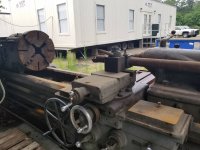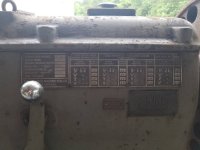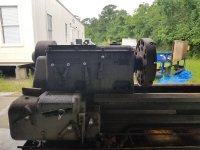bob
Titanium
- Joined
- Aug 12, 2002
- Location
- Regina, Canada
Browse recently sold items - Item details
Search for federal government surplus using keywords, location, category and posting/closing date
This is link to an odd big lathe. Went no bid at govt auction.
Bob






